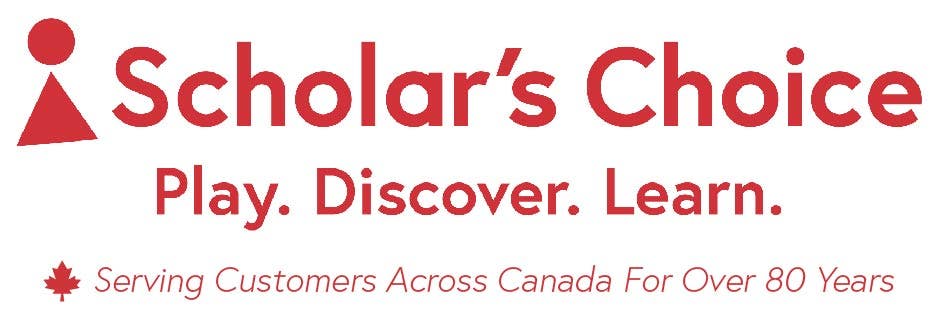Scholar's Choice


1) Systematic Approach
Jolly Phonics follows a systematic and structured approach to teaching phonics. It introduces letter sounds in a specific order, gradually building upon previously learned skills. This sequential approach ensures that children develop a solid foundation of phonics knowledge and skills.
2) Multi-Sensory Learning
Jolly Phonics incorporates multi-sensory learning techniques, engaging children through auditory, visual, and kinesthetic modalities. It uses actions, songs, stories, and manipulatives to make learning phonics interactive and enjoyable. This multi-sensory approach caters to different learning styles and enhances retention and understanding.


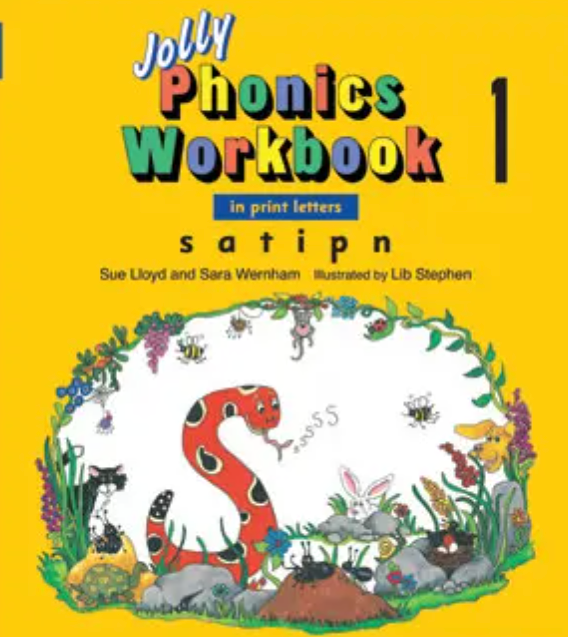

3) Letter-Sound Correspondence
Jolly Phonics focuses on teaching the relationship between letters and sounds. Children learn the sounds of individual letters and how to blend them to read words. This knowledge of letter-sound correspondence is vital for decoding and reading fluency.
4) Blending and Segmenting
Jolly Phonics places a strong emphasis on blending and segmenting skills. Children learn to blend individual sounds together to read words and segment words into their component sounds for spelling. These skills are crucial for reading and spelling development.
5) Sight Words
Jolly Phonics incorporates high-frequency sight words, also known as "tricky words," into its program. Sight words are commonly used words that may not follow regular phonetic patterns. Including sight words helps children develop automatic recognition and fluency in reading.
6) Confidence and Motivation
Jolly Phonics provides a structured framework for learning to read, which promotes children's confidence and motivation. As children master new phonics skills, they gain confidence in their reading abilities, which fuels their enthusiasm for reading and learning.
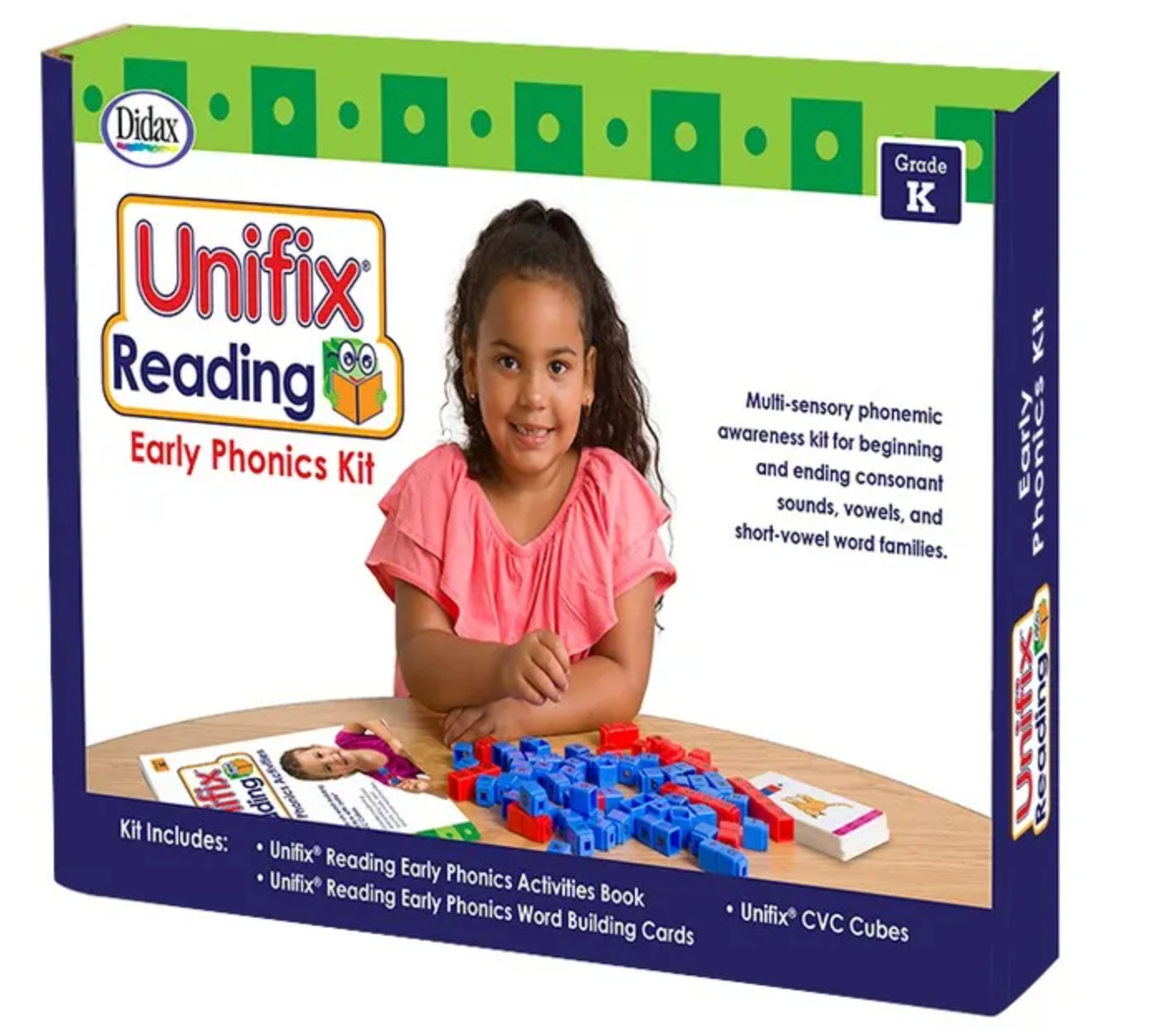

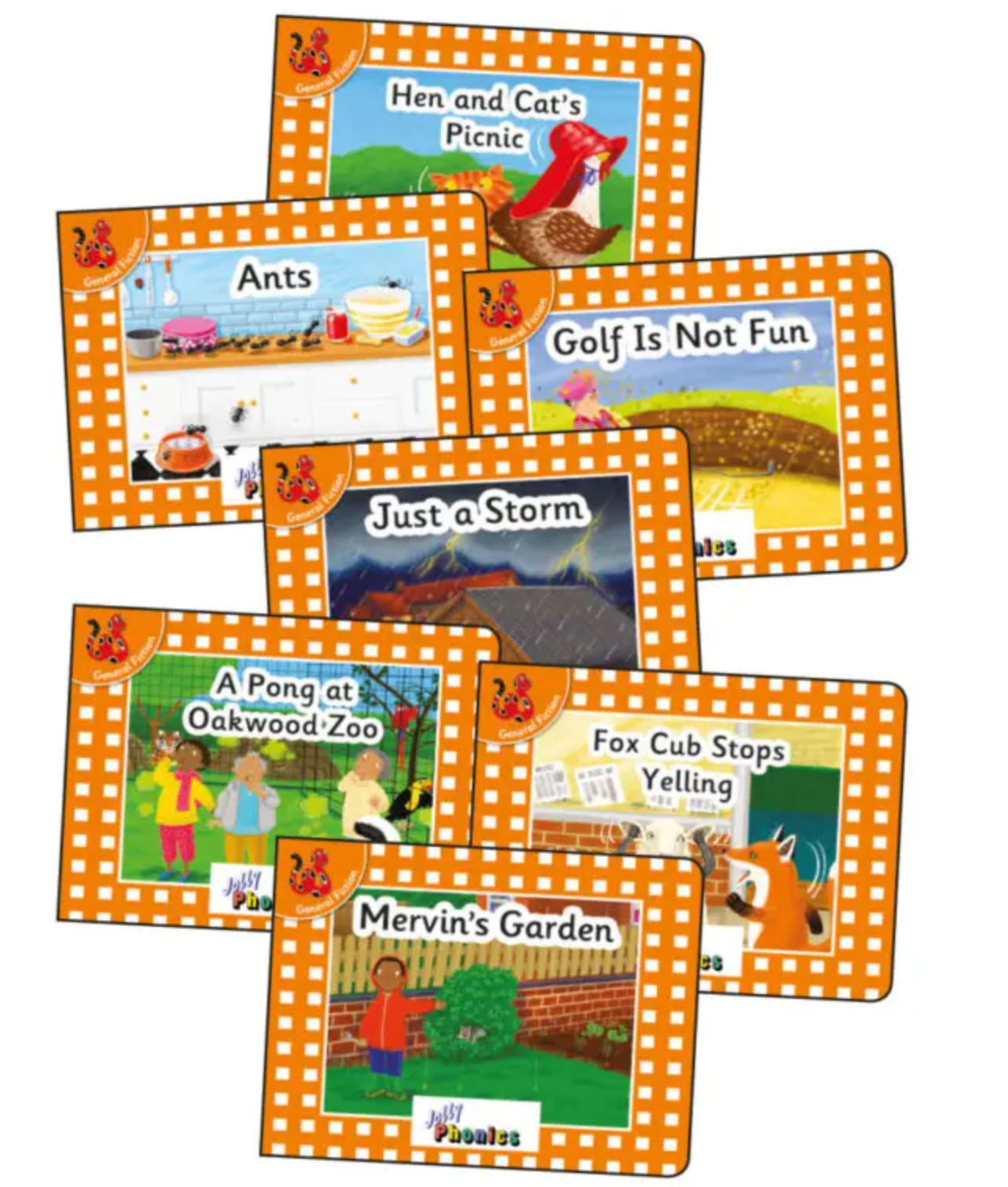

7) Teacher Support
Jolly Phonics offers comprehensive teacher resources, including lesson plans, activity ideas, and materials. These resources support educators in implementing effective phonics instruction and provide guidance on tracking progress and addressing individual needs.
8) Complements Reading Development
Jolly Phonics aligns with the overall reading development process. It serves as a foundation for decoding skills, phonemic awareness, and phonological processing, which are essential for reading fluency and comprehension.
9) Widely Researched and Recognized
Jolly Phonics is grounded in research and aligns with the principles of effective phonics instruction. It has been widely researched and recognized for its positive impact on early literacy skills development.
10) Transferable Skills
The phonics skills acquired through Jolly Phonics are transferable to other reading and writing tasks. Once children grasp the foundational phonics principles, they can apply them to decode new words, read fluently, and spell independently.
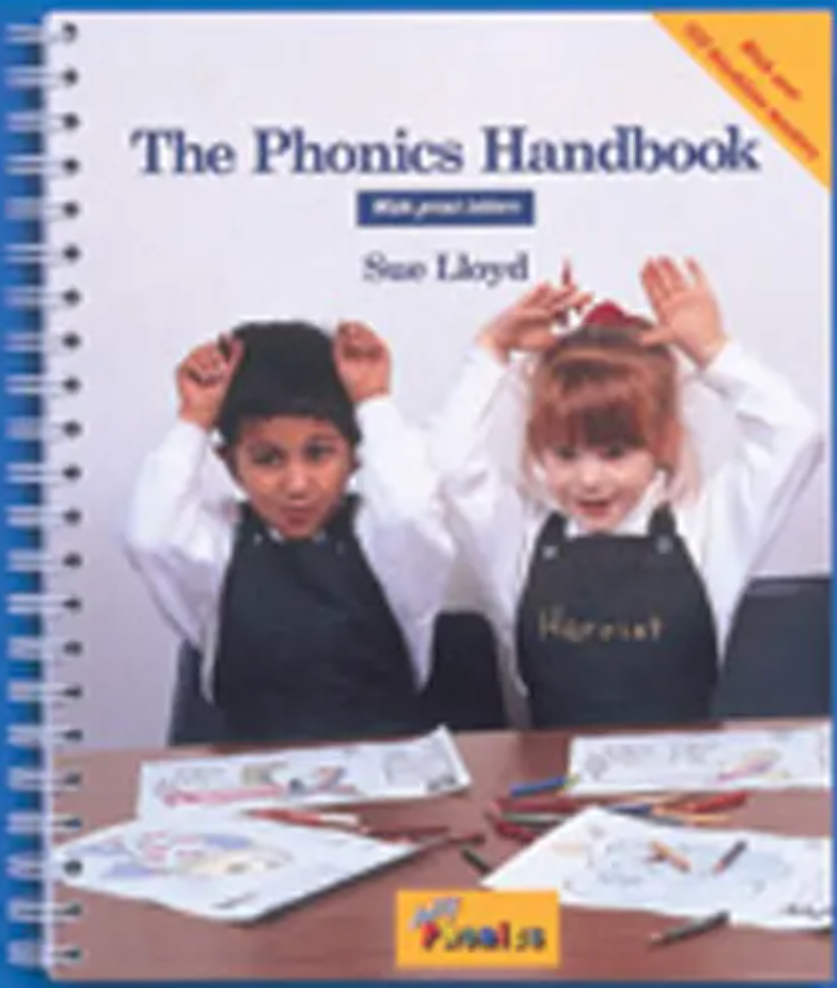

While Jolly Phonics has proven effective for many learners, it's important to remember that each child is unique, and a comprehensive early years reading program should also include other components such as vocabulary development, comprehension strategies, and exposure to a variety of texts. Tailoring instruction to individual needs and providing a balanced literacy approach will further enhance children's overall reading abilities.

